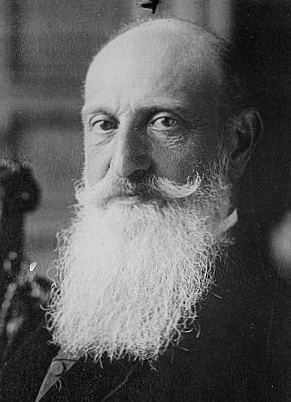Died February 2, 1926 Nationality Germany | Name James Israel | |
 | ||
Alma mater Friedrich-Wilhelms-Universitat Known for urologic and renal surgeryActinomyces | ||
James Adolf Israel (2 February 1848 – 2 February 1926) was a Jewish-German surgeon who was a native of Berlin.
Contents
Academic background
In 1870 he received his medical doctorate from Friedrich-Wilhelms-Universität in Berlin, where he studied under Ludwig Traube (1818–1876). During the Franco-Prussian War, he served as a military physician, afterwards furthering his studies in Vienna (1871). During the following year he became an assistant physician at the hospital for the Jewish community. In 1875, after furthering his education in England and Scotland, he was appointed deputy physician-in-chief of the surgical department of the Jewish hospital in Berlin, where in 1880 he was promoted to chief-in-chief. In 1894 he received the title of professor. Among his students in Berlin was surgeon Ferdinand Karewski (1858-1923).
Contributions in medicine
Israel was a pioneer in modern urologic and renal surgery. His inaugural thesis involved Bright’s kidney disease, and his first report of an operation of the kidney was in 1882. He published over 100 articles during his career, largely on urologic medicine. He was co-founder of the journal "Folia Urologica".
Israel made significant contributions in the field of plastic surgery, in particular, oral and maxillofacial surgery. He was also an early advocate of Joseph Lister's antiseptic practices in the operating room. In addition, he is credited for design of a mobile hospital railcar known as a "lazarett".
In 1878 he provided the first description of actinomycosis in humans, caused by a pathogen that was later given the name Actinomyces israelii.
